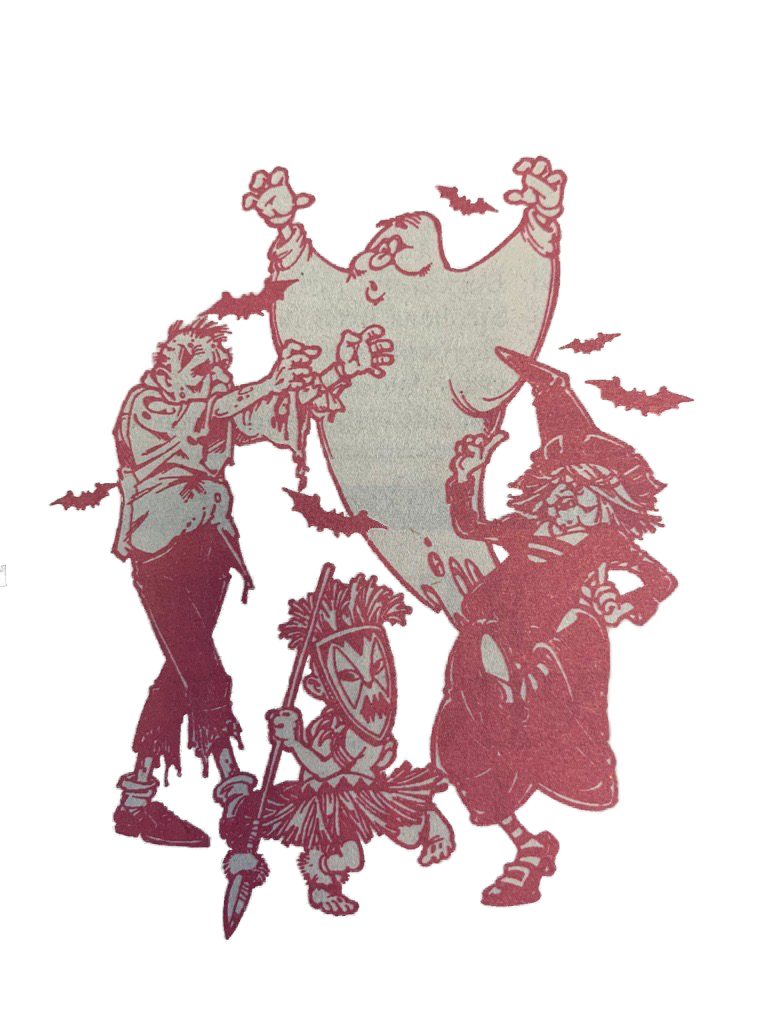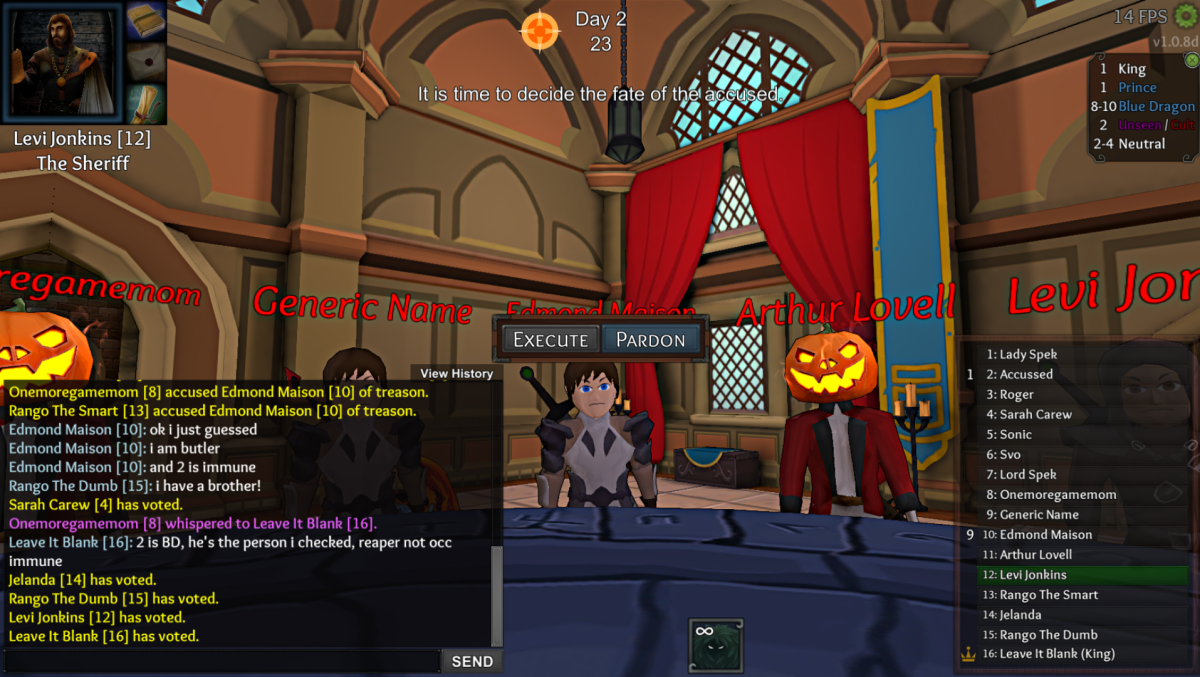Culture shock in the United States provided opportunity for self-discovery
It’s that time of year again when the campus is filling back up, freshmen are moving in and bus loads of international students are stepping onto Texas soil for perhaps the first time in their lives.
Watching the sun rise on another glorious August morning volunteering on one such bus from the airport, with excited conversation milling around me, I found myself remembering my very first day in the United States.
Well, technically, all I recall from that day is feeling tired and grimy after almost 26 hours of flying trans-Atlantic from India via Frankfurt. Hot wind flapped across my face as I rode to campus in a volunteer’s poorly air conditioned car, yet at the same time I felt grateful for the large and helpful Indian presence at UTD.
Coming from a country where terrorism has led to rigid, gated security in the smallest of shopping complexes, I was awestruck by UTD’s immensely liberating open campus.
For Indians, coming to UTD is like stepping into a mini-India. One out of every 10 students is Indian, almost the entire crowd on the 883 bus is Indian and the same can be said for the majority of student workers in the Comet Café.
UTD felt so much like India that when I saw the orange, green and white balloons at the international student orientation, I thought they were in honor of the Indian flag which has those three colors on it.
Within one day of my overseas adventure I had already met more than 100 of my countrymen. We were all learning together to smile at random passersby — Texas style — holding doors open for others behind us, waiting in line for our turn and walking on sidewalks. We were also learning that the 883 wasn’t our average overcrowded Indian city bus, and you didn’t have to stand up before the bus came to a stop because you didn’t have to elbow your way out. We were still converting the American dollar to 50 Indian Rupees and trying not to drive on the wrong side of the road.
When university officials spoke about experiencing culture shock at the International Students Orientation, I was grinning, thinking I had already blended in. I wasn’t lonely and culture shock symptoms really did not seem to apply to me.
Typically this feeling of excitement is, indeed, the first symptom of culture shock. Many international students don’t realize they’re in culture shock until stage two, when they have bursts of loneliness for their homeland, get depressed at the lack of familiar cuisine, language and environment — even entertainment.
For me, culture shock came, but not in its usual form. I wasn’t missing my city, my friends or my language. I was, however, adjusting to an unexpected sensation of claustrophobia amongst the overwhelming number of Indians on campus.
Having more people who shared the same country as me wasn’t helping me learn more or to diversify my outlook or attitude. I was still uber-conscious of how my put-on accent would be ridiculed by my friends, how men would stare at me if I tried experimenting with new clothes, makeup or hairstyle.
The more time I spent on campus, the more I felt as though I needed to change my outer self to blend in better in this country, but couldn’t for fear of being judged by my own countrymen. This dilemma made me over-sensitive and uncomfortable with myself, an issue the confident me of before had never faced.
Around October, my worst fears were coming true. I was losing my assertiveness in my academics, at work and with my friends. I was stuck in a massive warp of self-discovery, or so I thought, then.
By the time winter rolled over into spring, I was at an all-time low on confidence, and school wasn’t a success story for me anymore.
In India, you don’t get to observe spring much because it’s more like a cusp of winter and summer, with strong winds that grow progressively warmer and a sun that glares down stronger each day.
Here though, spring is a separate season altogether. It isn’t so much a harbinger of hot summers as it is a time of bloom, fresh colors and coming out of hibernation.
Every time I felt the spring breeze graze my cheek and swish by, it was like an elixir that brought me to life again — I understood who I was within and regained the confidence to just be me.
I realized that while having people who share your heritage and country matter, what matters more is that you are with people who understand you and your opinion just as you understand them. Language, religion and culture differences are rarely barriers to thought sharing, and living in a cosmopolitan nation like the United States allows you to appreciate not just other people and cultures but also your own so much more.
I finally figured that no matter how I speak or dress, people at work were going to respect my opinion, as long as I spoke meaningfully. I also realized that here, it isn’t who you are initially that matters but who you’ve become over time. If you’re working, and if you take criticism positively, you can only do well. People in this country don’t care if you’re a die-hard romance fan or an obsessive Mavs fan as long as you’re sincere in your passion.
And in this entire process of breaking out of my make belief cocoon, I found that I didn’t have to change myself after all.
I’ve spent a little more than a year in this country, and I’ve traveled to India twice in between. In just this time, I have learned to define individuals by their quirks and quaintness. I don’t judge those who are unlike me anymore, neither do I build castles of hatred around pre-conceived notions. I don’t try to map or rank people and nations. My acceptance of diversity has taught me to enjoy my homeland afresh every time I go back.
A year back I thought India would always be my home and the United States, my learning ground. Today, I have a tough time deciding which is which.














